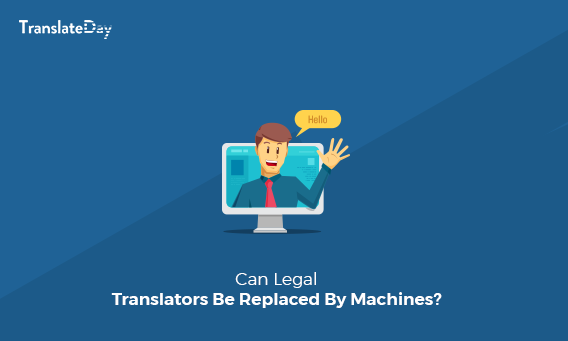
Technology has affected our lives in almost every sphere and transformed the way we do things on a daily basis. Machine learning and its growth have certainly contributed to this transformation, improving several aspects of human life. But it may not always augur well for us humans, as they may soon start replacing us in various fields.
What is the future of Machine Translator
Let’s take the field of translation. With many companies investing more in Machine Translation, translators are beginning to get concerned about the future. Human translators also use technology to help them finish their job quickly and with greater accuracy, uniformity, and efficiency – like translation memory, computer-aided translation, and so on. But they are primarily responsible, and technology is merely a tool. The interesting thing is that when used by human translators, technology helps them to improve their services; but by itself, it is not yet capable of precision.
Then again, machines replacing human beings is nothing new; it has been around for more than 100 years, and MT has not made significant progress in the past 2 decades.
Tools like Google Translate are free and quite popular too – but they are far from perfect, and certainly woefully inadequate for technical, business and legal translations.
Challenges faced by Machine Translator
Translation does not mean mere substitution of words in another language; it is far more complex than that. The finer linguistic nuances have to understand and interpret correctly and transform into the target language. Cultural contexts also have to be taken care of, as also syntactic conformance, format, and styling. A machine, however, is incapable of doing all that.
A machine translated document is not likely to have a natural flow to it; it sounds contrived and mechanical. Files are sent and received in various file formats, and even human translators often err in this process. Technology companies have not yet addressed these issues to date. Due to all these reasons, the growth of machine translation is pretty much stagnant.
How Accurate is Machine Translation
Even in machine translation, like say Google Translate, there are actual human beings like translators and linguists who provide interpretations of expressions and terms and verify the existing translations. This is because only native speakers who are very fluent in that particular language can pick up on the finer nuances of the language and give an accurate translation of a text, as opposed to a literal translation. Still, teaching the machine to learn and understand a language is extremely problematic and difficult even now.
Yes, machine learning works – up to a certain level; but tech companies have not yet perfected translations to allow businesses to communicate effectively with a global audience like linguists.
How does Machine Translation work
Computers detect speech patterns with the help of algorithms and save these patterns as a reference model. These algorithms make use of information collected from interacting with human beings, and also apply the learning to new information; however, it is a slow process.
Machine learning is widely used in gaming – to suggest upgrades to improve player skills for example – and in email – spam filters – and face detection in Smartphone cameras and so on. But translation is a whole different ballgame. A great deal of customization is need produce accurate translations, and as of yet, machine translation is unable to handle it.
Is Machine Translation for Legal Documents Reliable
Where the translation of legal documents is concerned it’s even more difficult. A wrong interpretation or translation could get you sued! You may either have to deal with translating legal documents for international litigations or to translate into the native language of one of the parties right here in the U.S.
Legal documents translation is a very complex and technical task which needs to approach cautiously. You’re dealing with rights and duties that are legally binding on different individuals, and there can be no scope for mistakes at all.
However, with machine learning, we cannot hope to get precise translations. Automated translations are often literal, and may not convey what the writer of the original text intended. Legal documents also have fixed formats and very specific linguistic style which the machine may not be able to replicate.
I think we can safely say that though machine translation has come a long way over the years, it has miles to go before it can match the quality of a human translation.





